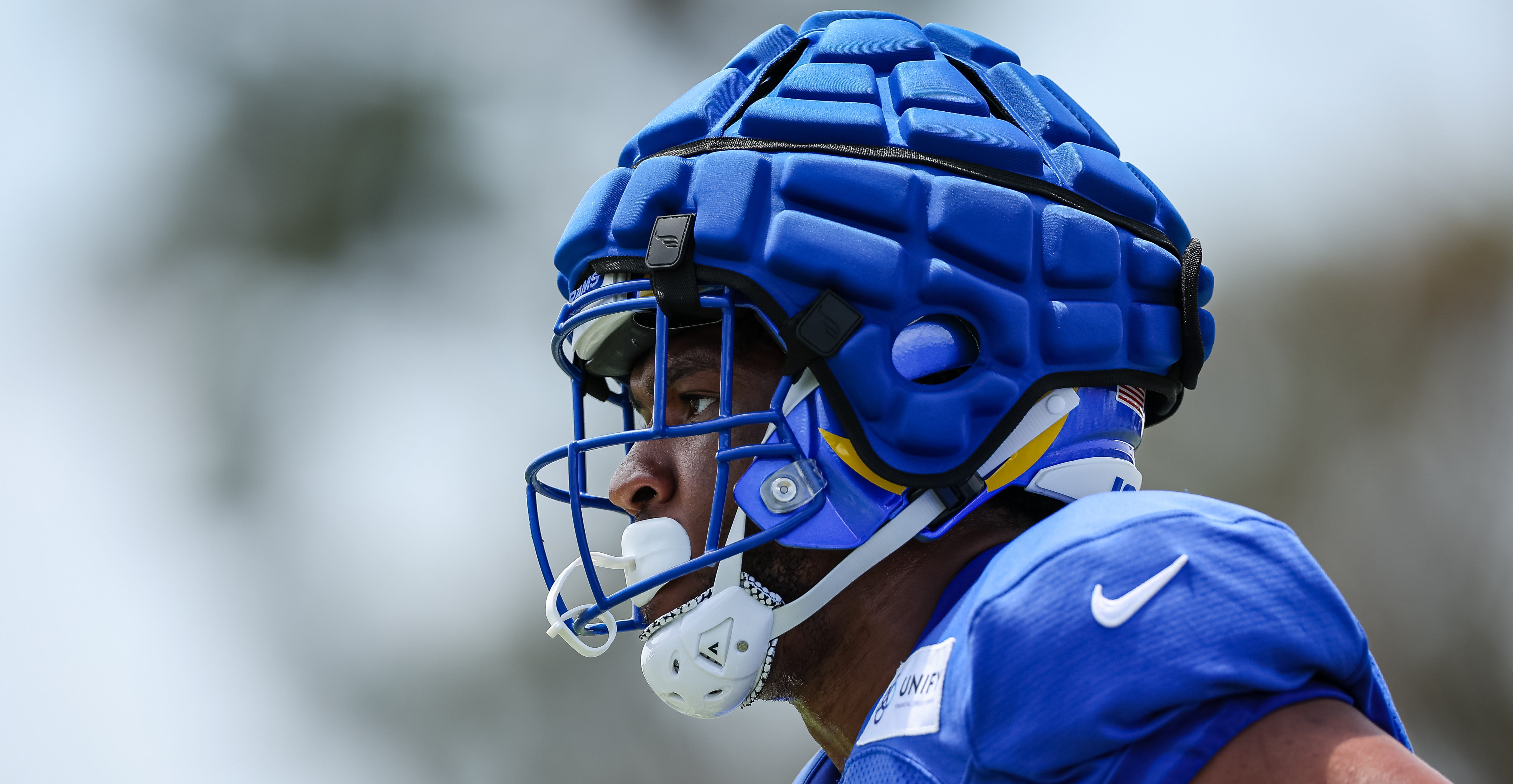The slide in NFL ratings could be as much a trend as a blip.
The presidential campaign, the growing move away from cable, the increase in live streaming sports and competition from compelling baseball have all been given as reasons for a double-digit decline in viewership through the first five weeks.
All legitimate explanations, experts say. But one of the main selling points of live sports to the networks — they're appointment viewing that most people don't like to record and watch later — could be eroding, as the fan base fragments, even for America's most popular sport.
"It's not to say that less than the majority of people are going to sit down and watch the game at a certain time," said Dennis Deninger, who teaches sports management and sports media courses at Syracuse. "It's just to say it's retreating, and that retreat puts into question the value that's been attached to TV rights that were locked up for the long-term."
According to Sports Media Watch, viewership for last week's games was down 26 percent for Monday night, 15 percent for Sunday night (against the second presidential debate) and 20 percent for Thursday night. Overall, for the first four weeks of the season, ratings across the league were down 11 percent.
The decline was concerning enough that league executives recently sent an internal memo to the NFL media committee, comparing this year's slide to a lesser decline during the 2000 election cycle and conceding that, "While our partners, like us, would have liked to see higher ratings, they remain confident in the NFL and unconcerned about a long-term issue."
The current TV contracts, worth between $8.5 billion to more than $15 billion each, expire in 2021 and 2022. What the networks are willing to pay when it's time to renegotiate will be the best indicator of how big an impact America's changing viewing habits have had on the NFL, and whether pro football remains the nation's undisputed entertainment king.
Sports Connection
Connecting you to your favorite North Texas sports teams as well as sports news around the globe.
But there's still a lot of uncertainty over how new technology will impact viewership. Best example: Yes, you can live stream Thursday night games on Twitter, but what if your connection is shaky? And how much better will that connection get over the next five years?
"There will be some instances where the composition of (the media deals) will change vastly, and others where they'll continue to engage with traditional partners," said Adam Jones, the director of PwC Sports Advisory Services. "All the deals may not yield the same premiums. But we could see a shift in the actual structures of the deals, from traditional rights fees to a smaller base" with more digital-based bonuses and incentives on the back end.
PwC does not talk about specific sports leagues, though in a recent newsletter , it predicted a moderation in growth of rights fees for North American sports over the next five years.
Though Jones says it will take time to see if this season's sports ratings are cyclical or more long-term, "it should be acknowledged that the market is not limitless when it comes to consumption through traditional broadcast."
None of this is to say the NFL is hurting. That same league memo that recognized this year's ratings issues said overall NFL viewership has increased 27 percent over the past 15 years. In 2015, the NFL accounted for 63 of the top 100 TV shows. Even with recent legal troubles for daily fantasy — which could also be partially responsible for the ratings dip — fantasy football is still considered a growth area for the NFL. The current numbers also don't take into account how many people are streaming the games.
Deninger says giving viewers more options is the NFL's best long-term bet. He says the league, to some extent, has to feel some of the same effects as all other televised entertainment products — the increase in "nonlinear" viewing. He said that according to comscore.com , Google sites that include YouTube draw 182 million unique users every month, all of whom are turning into clips of things they want to watch, when they want to watch them. Other websites post similar stats.
"The nonlinear sites where you go select whatever you want, they aren't complaining about any drop off," he said. "More and more, people are not waiting for things to be delivered to them, one way or another."
How well the NFL bucks that trend — or goes along with it — will help shape the ratings and, from there, the dollar signs for the league's next round of media-rights deal.



